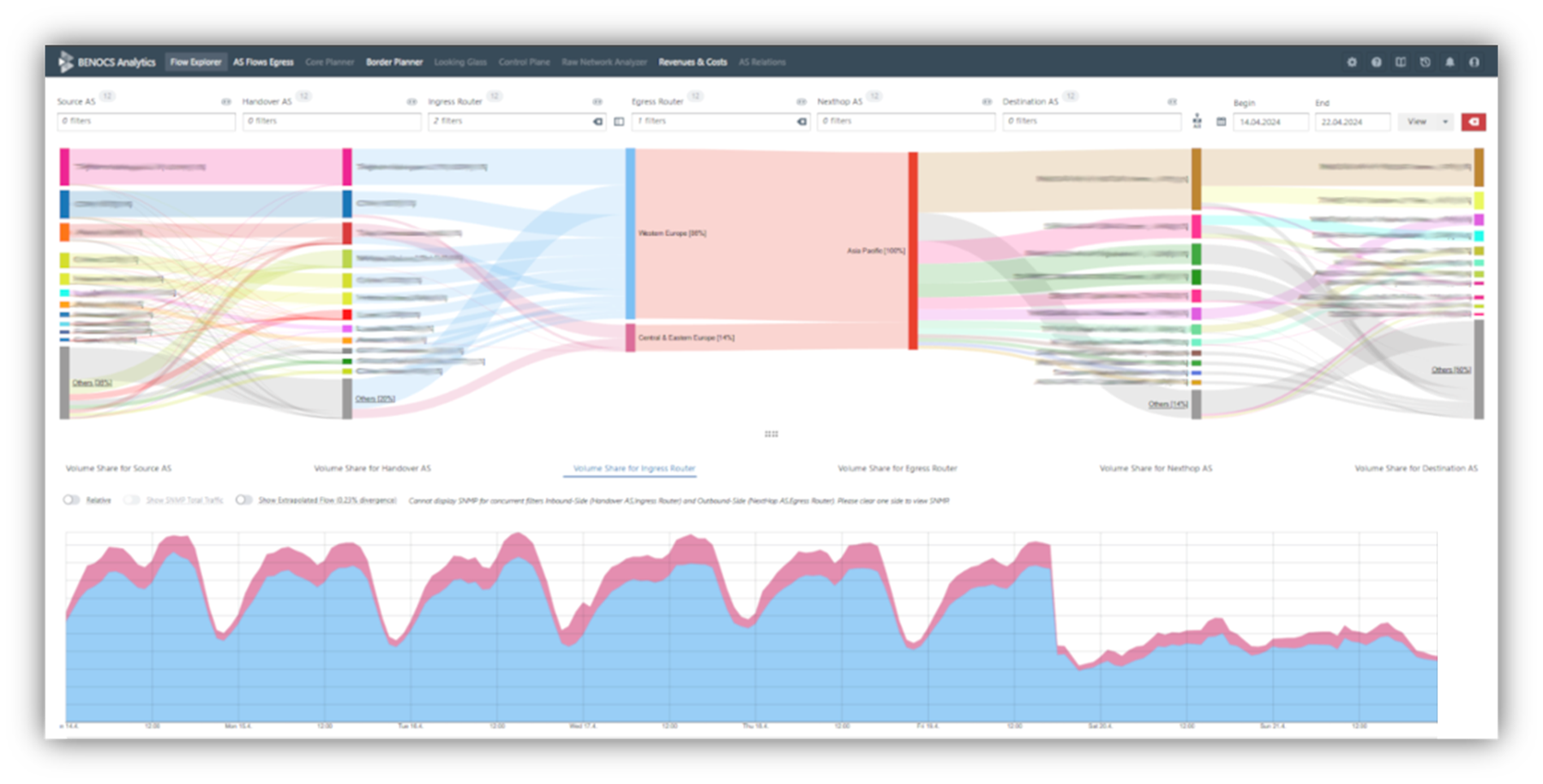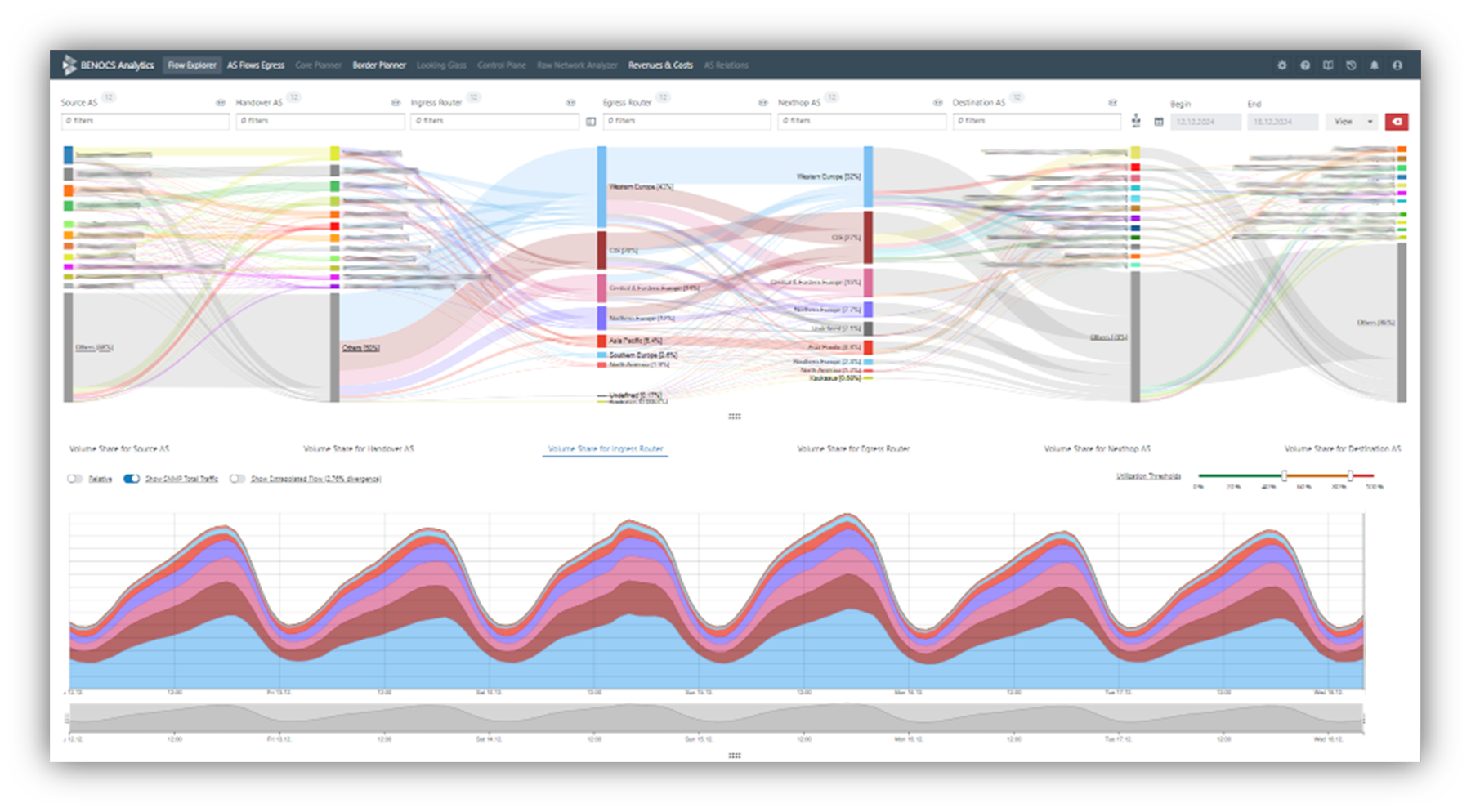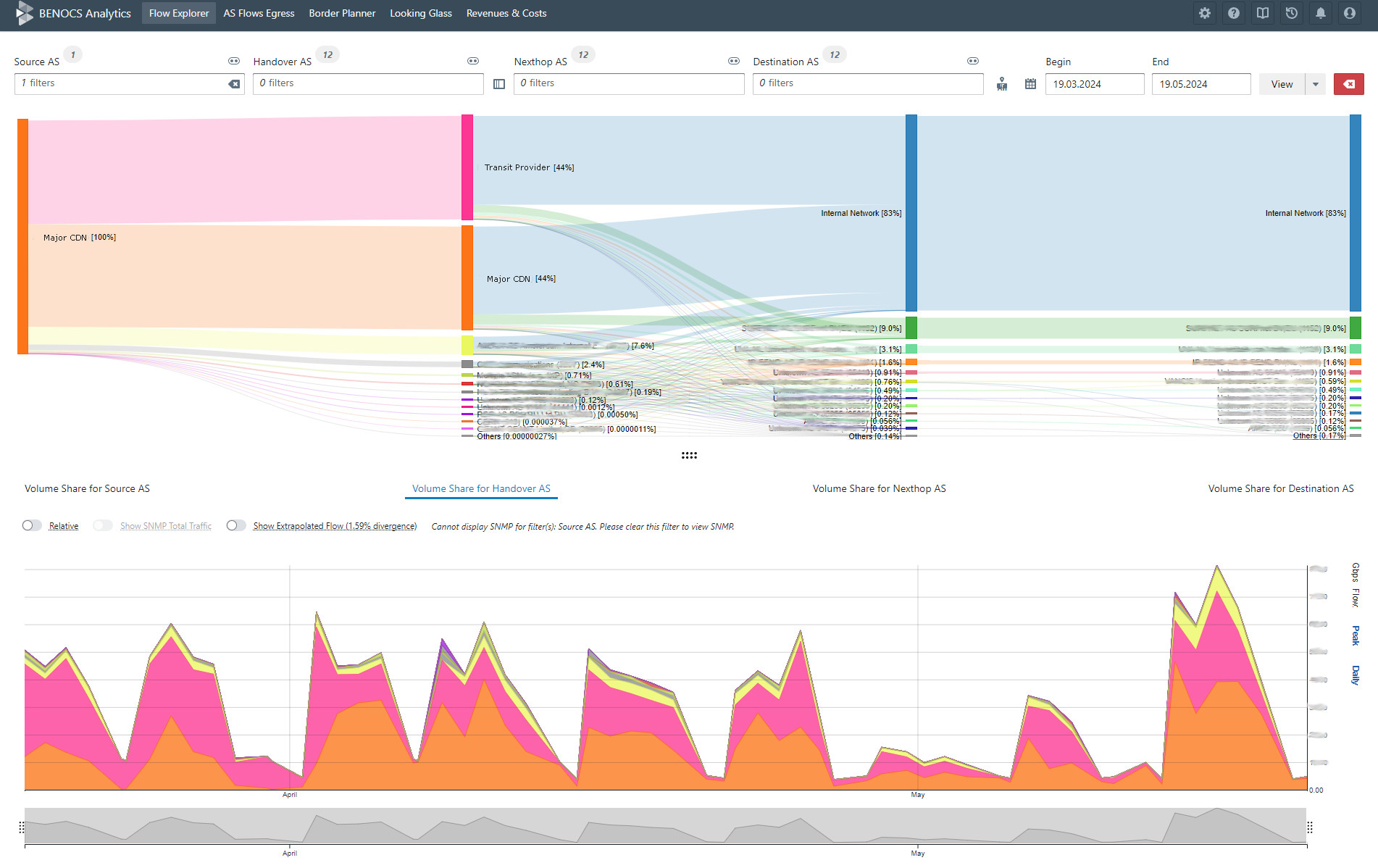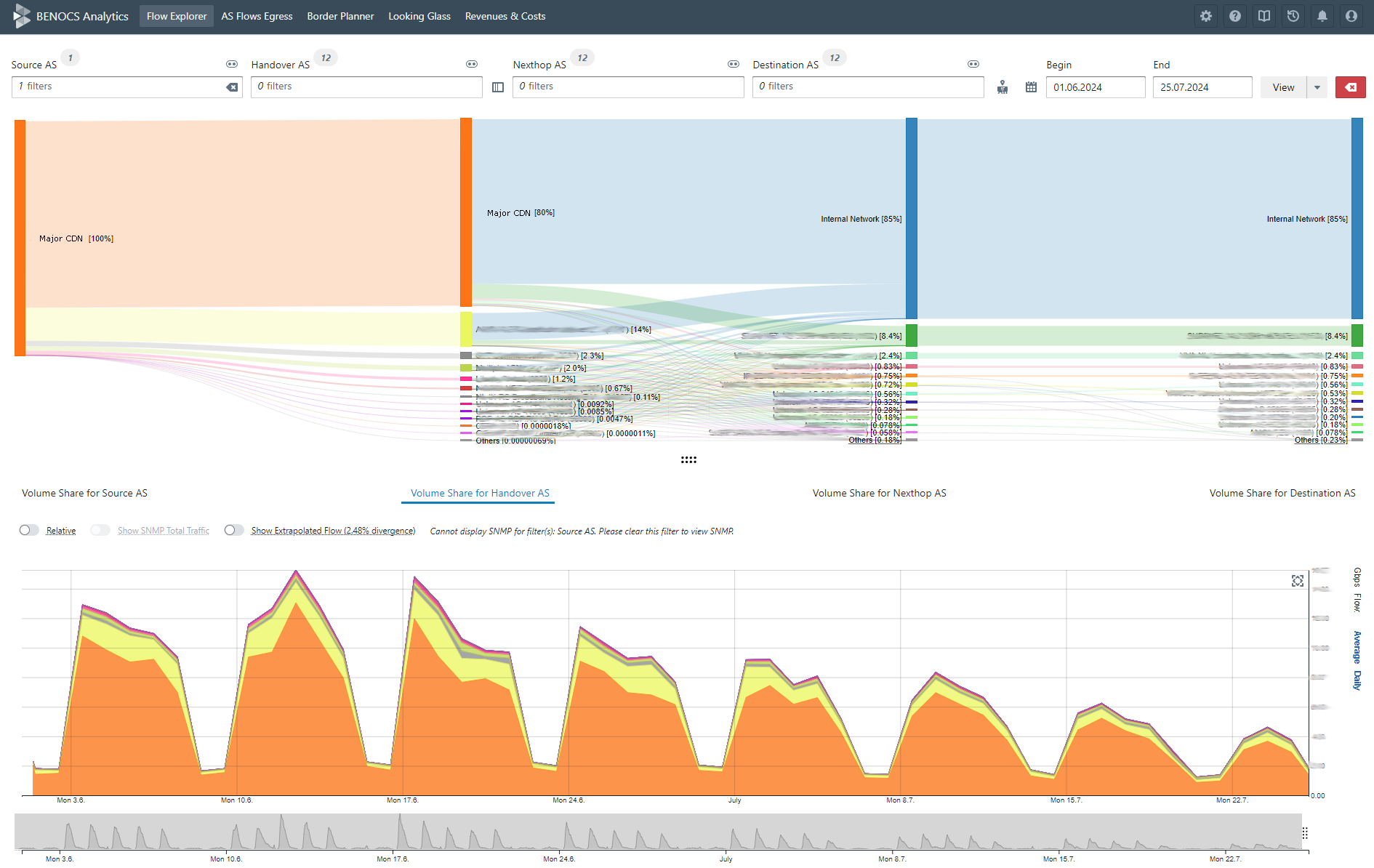How RETN leveraged BENOCS Analytics to overcome submarine cable outages
About RETN
RETN, a leading provider of telecommunications and data transmission services, is a global internet backbone, operating a Eurasian network that seamlessly connects Europe and Asia through its extensive fiber-optic infrastructure. Founded in 2003, the company delivers services such as IP transit, Ethernet, and cloud connectivity to enterprises and carriers. With a presence in over 40 countries, RETN operates one of the largest independent networks, ensuring high-performance connectivity across key international markets.

Challenges
Managing a network across Eurasia comes with its own challenges, especially when geopolitical issues and unexpected disruptions occur. In 2024, submarine cable outages became a major problem for connectivity providers. Several key cables in the Red Sea, including Seacom/TGN, AAE-1, and EIG, were damaged on February 24 and remained offline until August 7, 2024. This created significant pressure for operators relying on these routes. To make matters worse, the SMW-5 cable had a fault on April 19, adding to the difficulties. RETN has capacity in both AAE-1 and SMW-5 cable systems and now had to quickly reroute large amounts of traffic going via these two terrestrial links to keep their network running smoothly and serve their customers.

Solution
BENOCS Analytics has been deployed and operational in RETN’s network since 2022. Our solution offers end to end visualization of all traffic traversing through the network. Specifically, the ability to see ingress and egress points of all the traffic in our 6 dimensional Sankey diagram proved crucial to RETN’s current challenge.
Implementation
Back when we released the Tagging and Grouping module, which has the ability to group different dimensions, RETN grouped all their ingress & egress routers into different regions such as Western Europe, Central & Southern Europe and Asia Pacific. The ability to see both the ingress and egress routers in one view and, in addition, grouping them based on different regions helped RETN identify all the traffic traversing through the terrestrial links. With this visibility, the operations team could further reroute some of the traffic from the terrestrial links to their local backbone in Asia.
Results and Benefits
By April 23, 2024, RETN were able to remove a further 25% of the traffic from their expensive and in-demand terrestrial links running from Europe to Asia and shift it locally to Asia. This allowed them to keep serving their customers in Asia without any disruptions. As a consequence, this freed up more bandwidth to serve other customers. Resulting from this experience, RETN was also able to further deepen their expertise in the area of network vulnerability and resilience.


Recent Improvements
RETN wanted to have visibility at IP subnet level, so recently implemented the Raw Network Analyzer (RNA) module in their BENOCS Analytics deployment. For RETN, this means more than 30 different data fields, sourced from BENOCS’ complex data and intelligence model, providing comprehensive visibility of their entire IP traffic flow.
Conclusion
RETN’s ability to overcome significant challenges in network management during the 2024 submarine cable outages highlights its commitment to ensuring uninterrupted service to its customers. By leveraging BENOCS Analytics, RETN achieved exceptional operational efficiency and traffic optimization. The six-dimensional visualization and regional tagging capabilities enabled RETN to swiftly identify and reroute traffic, reducing reliance on costly terrestrial links and improving network resilience.
The results – such as a 25% reduction in traffic on critical links and seamless service continuity – underscore the value of BENOCS Analytics in addressing complex network challenges. RETN’s proactive approach, coupled with its partnership with BENOCS, demonstrates its focus on delivering high-performance connectivity, even during unforeseen disruptions.




